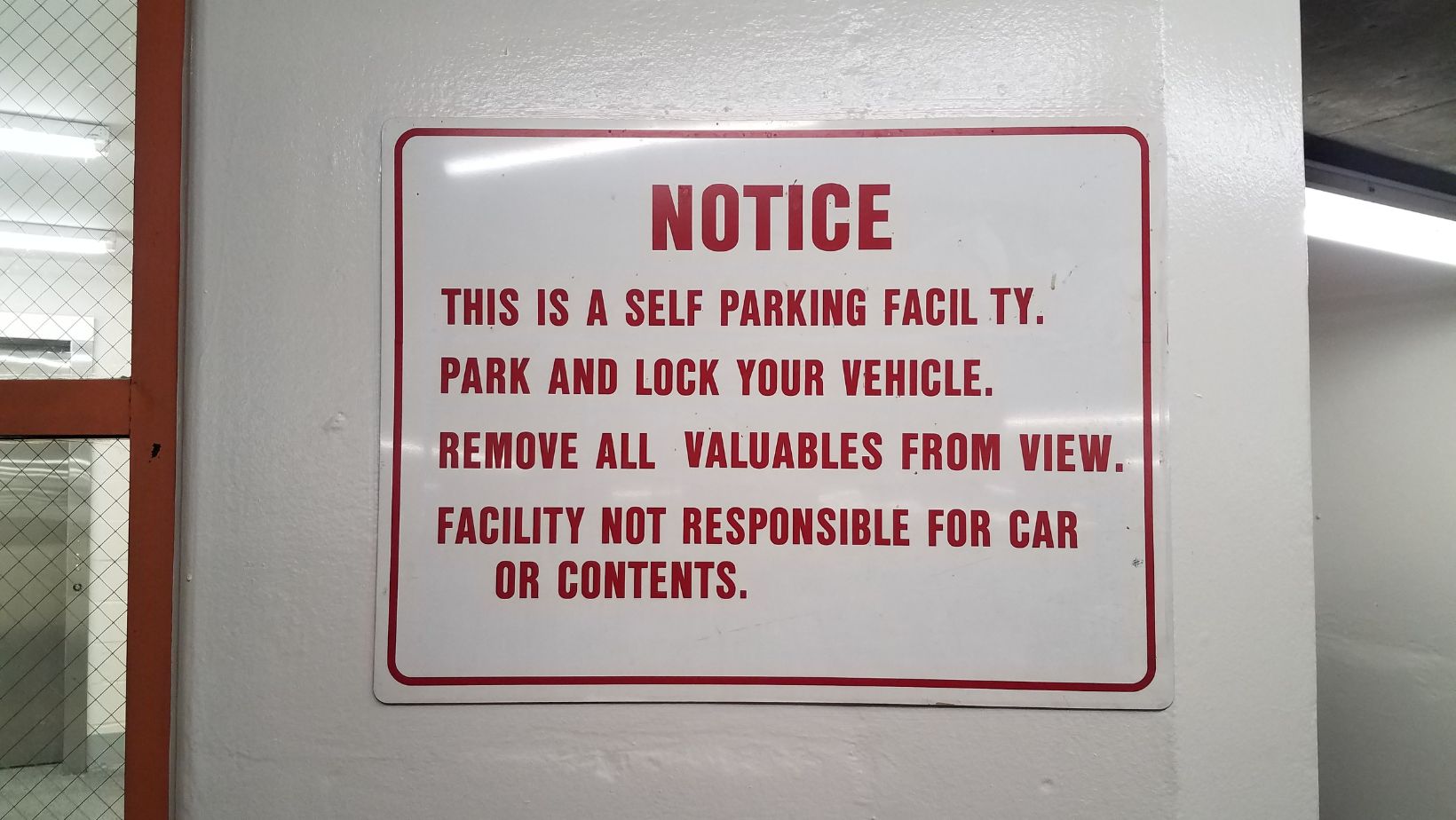In today’s fast-paced world, managing a parking facility can be a challenge, especially for businesses in sectors like hospitality, corporate offices, or healthcare. Parking facility management has evolved over the last decade with software systems and operational KPIs that make it easier and more affordable to offer valet services for customers. For hospitals and the hospitality industry, this has been a monumental impact on their customer satisfaction. So in this guide, we’ll go over modern parking management systems and how they can add value your business.
What is a Parking Management System?
A parking facility management system is a comprehensive solution that combines software and hardware to monitor and manage parking spaces efficiently. These systems typically include sensors, cameras, and automated software to handle tasks like security checks, managing entries and exits, assigning parking spots, and processing payments. By automating these processes, businesses can reduce congestion, improve the parking experience, and ensure that their parking facilities run smoothly.
Key Components of a Parking Management System
Parking Access Control
This includes the use of entry and exit terminals, gates, barriers, card readers, and license plate recognition systems. These tools help regulate who can enter and exit the parking facility, making the process more organized and secure.
Payment and Revenue Management
Modern parking systems often integrate mobile payment applications, kiosks, and online platforms, enabling seamless payment processing.
This not only improves user convenience but also helps businesses manage revenue more effectively.
Parking Guidance Systems
Sensors and digital signage help direct drivers to available parking spots, reducing the time spent searching for a space and easing overall traffic flow within the facility.
Security and Surveillance
Security is a key concern in any parking facility. Surveillance cameras, intercom systems, and access control devices work together to ensure that the parking area is safe and secure for all users.
Data Management and Reporting
Parking management systems collect and manage data related to parking occupancy, transactions, and other important metrics. This data can be used to generate reports and conduct analysis, helping businesses make informed decisions about their parking operations.
Types of Parking Management Solutions
There are various parking management solutions available, each catering to different needs:
- Pay and Display Systems: Common in many areas, these systems allow users to purchase a parking ticket from a machine and display it on their dashboard.
- Pay on Foot Systems: Users pay for parking at a kiosk before exiting the facility, ensuring that all transactions are handled efficiently.
- Mobile Payment Applications: These apps allow users to pay for parking via their smartphones, offering a convenient alternative to traditional payment methods.
- License Plate Recognition Solutions: Cameras capture the license plates of vehicles as they enter and exit the parking area, allowing for automatic entry and exit without the need for manual tickets.
- Reservation Systems: Online platforms or mobile apps enable users to book parking spaces in advance, guaranteeing availability during peak times.
Effective Management of a Parking Facility
Managing a parking facility effectively involves a few key strategies:
- Design Layouts: A well-planned layout is crucial for optimizing space and ensuring smooth traffic flow. Considerations like pedestrian safety and accessibility should also be prioritized.
- Integrating Modern Technology: Incorporating advanced technologies can automate processes, enhance user experience, and improve security across the parking facility.
- Routine Maintenance: Regular inspections and maintenance of the facility’s infrastructure, including signage, markings, and lighting, are essential for ensuring that the parking area remains functional and safe.
- Clear Communication: Clear and concise communication about parking rules, rates, and any changes is vital. Support staff should be available and well-equipped to assist customers with any questions or concerns.
Conclusion
A well-managed parking facility is more than just a convenience; it’s a vital part of a business’s operations. By implementing a modern parking management system, businesses can improve efficiency, enhance the user experience, and ultimately increase revenue. Whether you’re in hospitality, corporate management, or healthcare, investing in a robust parking solution can help you meet the demands of today’s fast-paced environment and provide a smoother, more secure experience for everyone.




More Stories
Hair Care Tips: The Convenience of Waterless Shampoo
Personal Injury Claim: The Right Way to Punish Drunk Drivers
Betting on IPL Match Milestones Like 50s and 100s in 1xBet App